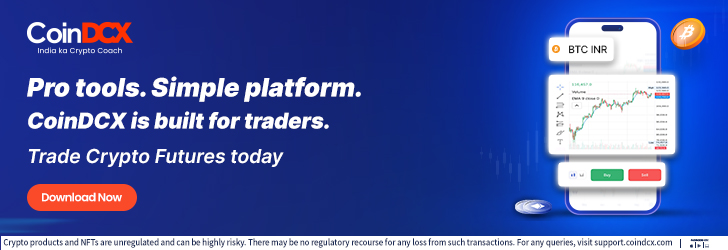With the dynamic forex market, breaking forex news has a tendency to incite movements within currency prices. Even though the chart, the formation, and the technical indicators continue to inform, it is the release of the economic information, the politics, alongside the world happenings, that tends to create the largest market movements.
The ability to understand not only how but also why specific news affects currency remains a crucial skill for any trader seeking to navigate the market efficiently.
The Role of Economic Indicators
Economic releases are some of the heaviest-followed events by forex traders. Such releases as GDP growth rates, employment, inflation, as well as manufacturing indexes, can dramatically shift investor sentiment towards a currency within the blink of an eye. For instance, inflation higher than anticipated could revitalize a central bank to increase interest rates, typically making the nation’s currency appreciate.
Conversely, poor job numbers could indicate slowing economic growth, prompting the lowering of rates, thus making the currency depreciate. Traders typically react instantly, with the extent of volatility increasing dramatically.
Central Bank Announcements and Interest Rate Decisions
Nothing may be able to reliably stir forex markets more than interest rates and central bank communication. Central banks, such as the US Federal Reserve or the European Central Bank, set monetary policy with direct repercussions for the money supply.
A surprise hike in rates can send a currency soaring as investors seek yields, but a dovish remark on future cuts can trigger a sharp selloff. Even without an actual shift in policy, the tone and language of the central banks can influence sentiment and trigger rapid moves on the money side.
Political Events and Geopolitical Tensions
Stability fosters currency strength. Elections, regime changes, and regional tensions can all introduce doubt into the equation. For example, an unexpected election result satisfactory to firms can strengthen a currency, whereas political turmoil or the risk of conflict can weaken it.
Recent history has demonstrated Brexit talks, US-China trade disputes, and regional conflicts to all make a notable appearance on the FX boards. Traders need to remain sharply attentive to emerging headlines, since markets will often factor risks before coming to full flower.
Market Sentiment and Speculative Flows
Aside from verifiable statistics, the sentiment of the market, or otherwise referred to as mood, can significantly change currency rates. News items, whether they revise investor attitudes towards world growth, commodity prices, or risk appetite, can trigger big capital flows between currencies.
For instance, when there is global uncertainty, investors traditionally flock to so-called “haven” currencies, the US dollar, Swiss franc, or Japanese yen being prime examples. Conversely, when the market turns bullish, high-yielding emerging market currencies can experience big inflows.
Unexpected Shocks and Black Swan Events
Not all news is predictable. Natural disasters, unforeseen economic crises, or even health catastrophes involving medical emergencies like the outbreak of COVID-19 can upset the forex market. Such events will likely release shocking volatility, with traders scrambling to re-price risk and unwind positions.
Though there is no way the occurrence of the foregoing events could be predicted, mature traders recognize the importance of risk management plus keeping the strategy adaptable with the view to making quick adjustments when the unexpected happens.
Conclusion
News, rather than background noise, is the fuel driving market action in forex trading. From the regularly scheduled economic releases to breaking political announcements and unexpected global shocks, information flows drive investor sentiment and currency pairs’ values. The successful trader cannot merely know when the big announcements come out, but also the economic context behind them, as well as how the market will perceive the news.
In an around-the-clock market, the ability to rapidly process information and respond to news gives the trader a commanding advantage over the technician-only crowd. Ultimately, the art of the relationship between news and currency prices remains perhaps the strongest weapon in the trader’s toolbox.






